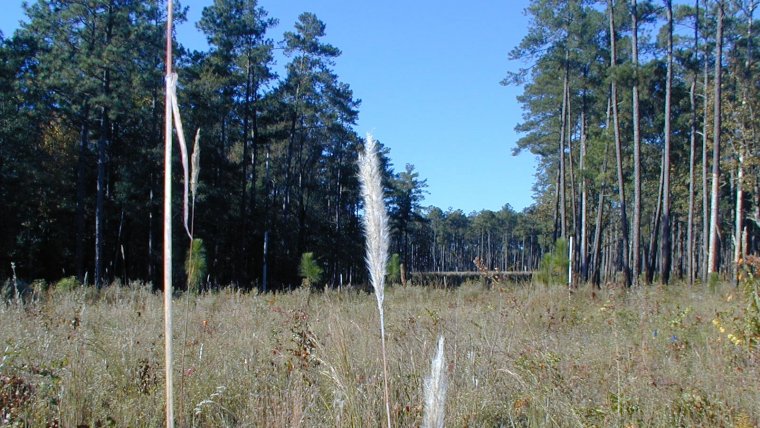| News / Science News |
Shrinking habitats have adverse effects on world ecosystems
NSF | MARCH 25, 2015
An extensive study of global habitat fragmentation--the division of habitats into smaller and more isolated patches--points to major trouble for the world's ecosystems.

An experimental forest in South Carolina where plants, bees and other species move from place to place. ![]()
The study shows that 70 percent of existing forest lands are within a half-mile of forest edges, where encroaching urban, suburban and agricultural influences can cause harmful effects such as losses of plant and animal species.
The largest effects are found in the smallest and most isolated fragments of habitat.
Nearly 20 percent of the world's remaining forests are the distance of a football field--or about 100 meters--away from forest edges. Seventy percent of forest lands are within a half-mile of forest edges. That means almost no forests can really be considered wilderness.
Fragmentation changes how ecosystems function, reduces the amounts of nutrients retained and the amount of carbon sequestered and has other deleterious effects. These negative effects became even more negative with time. Some results showed a 50 percent or higher decline in plant and animal species over an average of just 20 years.
YOU MAY ALSO LIKE





